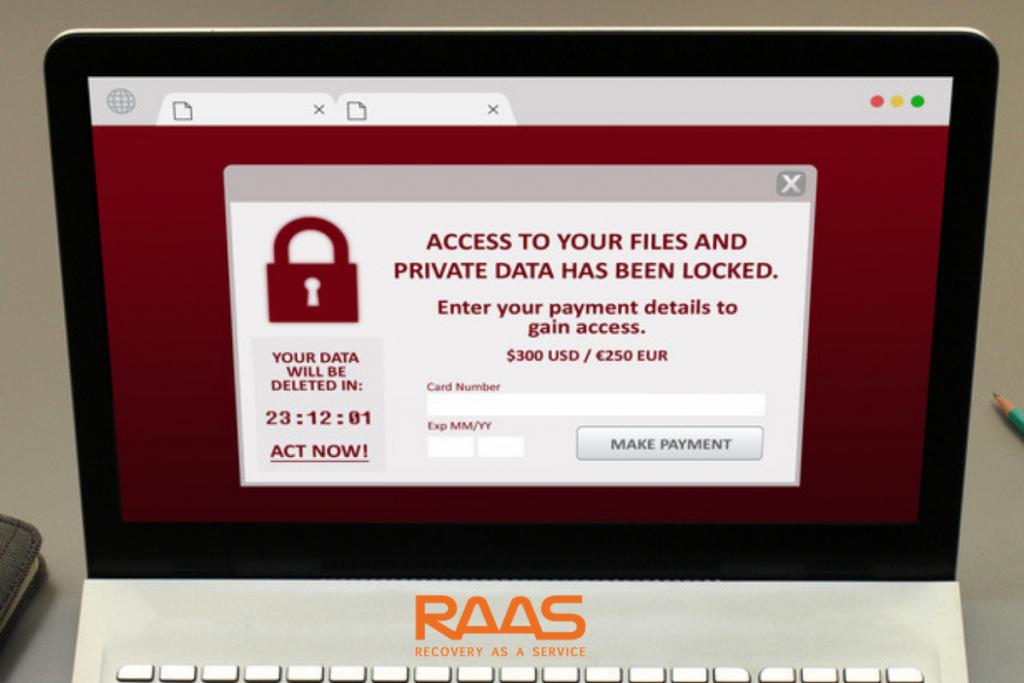Protecting data is no longer enough; we must ensure that we can recover it in the event of a loss. Computer attacks are increasingly crafted and effective, so companies need to have a highly efficient recovery plan. In today’s article, we will understand how to successfully implement a disaster recovery plan!
First of all, analyze what is in the organization
It is highly recommended to conduct a thorough and detailed assessment of the entire enterprise IT infrastructure, including hardware, data, various software, and other components. From this analysis, you will be able to effectively understand the actual conditions of the company and will understand which elements the organization has at its disposal and which are actually used and which cannot fail to continue to operate fully. If you don’t know your organization one hundred percent, no disaster recovery planning will go well!
Involve all teams
The disaster recovery plan should be prepared by all sectors of the company. It is imperative that all employees know how to safeguard their information and how to use technology correctly. In addition, they should be aware of risks and vulnerabilities and should always update the tools they use on a daily basis. It is really important that there is an integration of the IT department with the other departments, because this is the only way for employees to take data security seriously.
Take inventory of all organization data
Knowing where the data is located is essential, but this is one of the biggest issues when designing a disaster recovery plan, as most IT managers cannot pinpoint the exact location of each type of data. . The disaster recovery plan should encompass all data belonging to the organization, whether stored on company infrastructure or on the cloud.
Opt for a cloud recovery service
In recent years, Cloud has gained a prominent role with companies around the world and this is because this technology has evolved significantly and there is increasing security in these cloud solutions. RAAS is a dedicated infrastructure with selective cloud replication. This service enables near-instant disaster activation on virtual servers in a remote environment. Thus, even in the event of the most extreme disasters, information is easily retrieved, not interfering with the company’s usual performance.


2 thoughts on “How to successfully implement a disaster recovery solution?”